

William Stopford
Every SUV, ute and van discontinued in Australia in 2025
8 Hours Ago
Mercedes-Benz is trimming the lower end of its range and expanding the number of high-end offerings as it pursues greater profitability.

News Editor
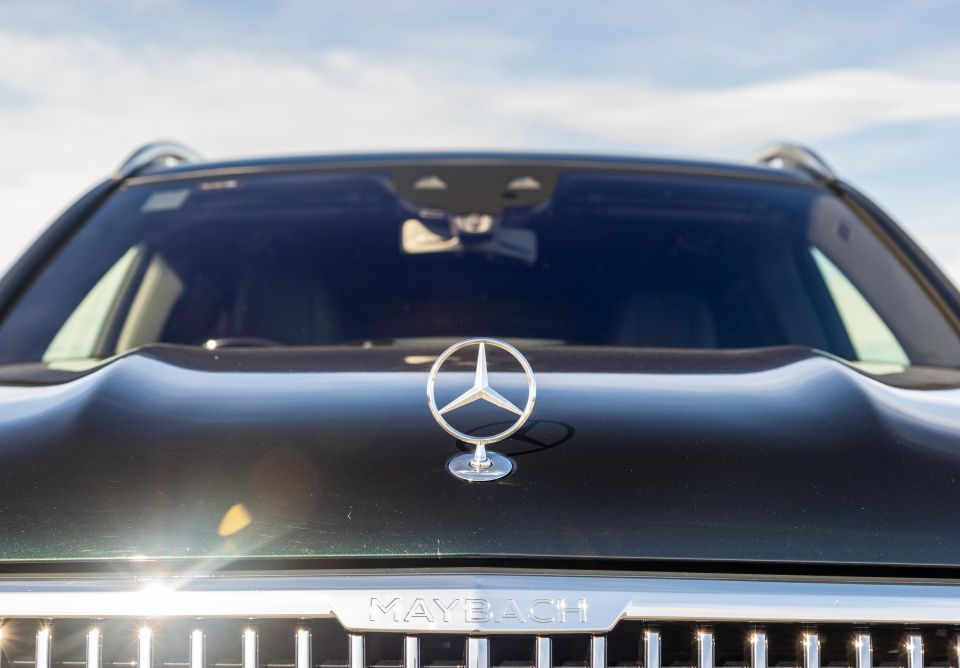

News Editor
Mercedes-Benz is trimming the number of small models it offers while releasing more high-end vehicles as it targets higher margins.
The company says it anticipates “disproportionate growth” in what it calls its Top-End vehicle segment, citing a 40 per cent increase in S-Class sales last year plus “record” Mercedes-Maybach sales.
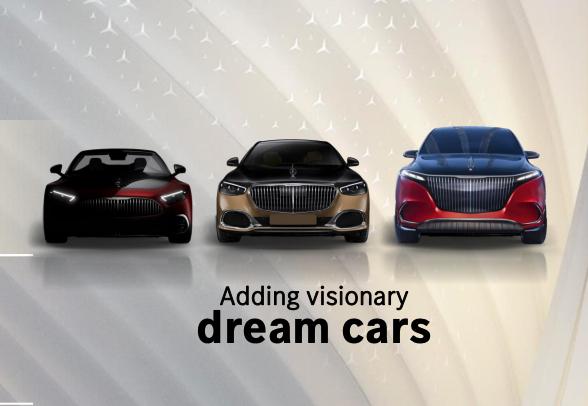
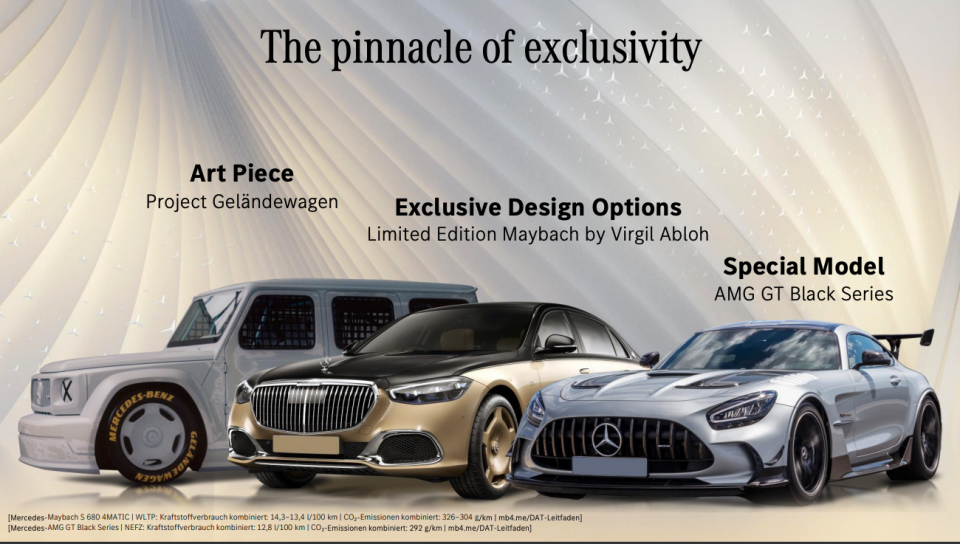
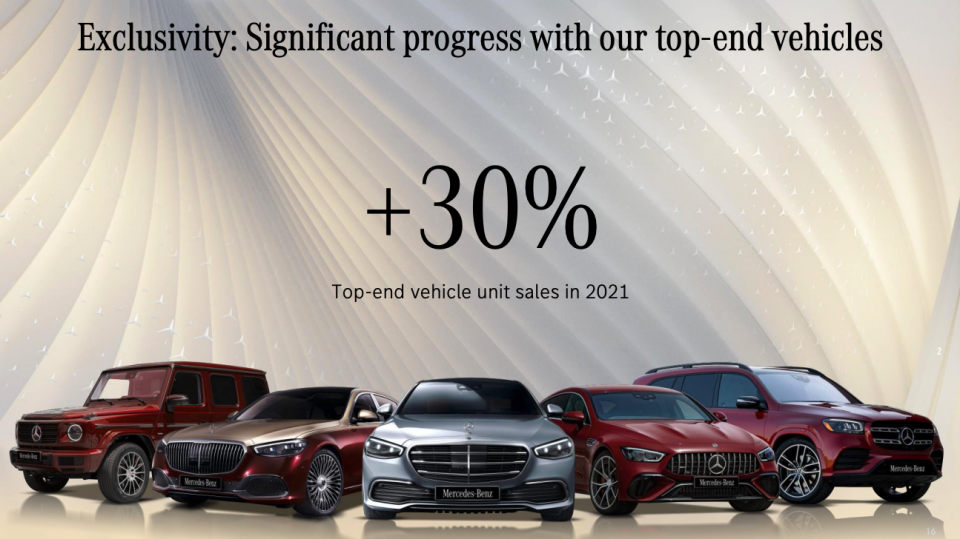
This internal segment comprises all Mercedes-AMG and Mercedes-Maybach vehicles, as well as the G-Class and essentially everything with an S: GLS, EQS, EQS SUV and S-Class.
A Mercedes-Maybach EQS SUV is due next year, while the company has teased a Mercedes-Maybach SL.
In addition to more exclusive collector editions under the Maybach brand, like the Limited Edition Maybach by Virgil Abloh, Mercedes-Benz is introducing a new program of “ultra-exclusive collector cars”.

These will come under the Mythos Series banner, and will be available exclusively to the most dedicated Mercedes-Benz enthusiasts and collectors.
It has released a single teaser of a Mythos vehicle, which appears to be an SL-based Speedster.
At the other end of its lineup, Mercedes will cut its range of Entry Luxury models from seven to four, though it isn’t leaving this part of the market.
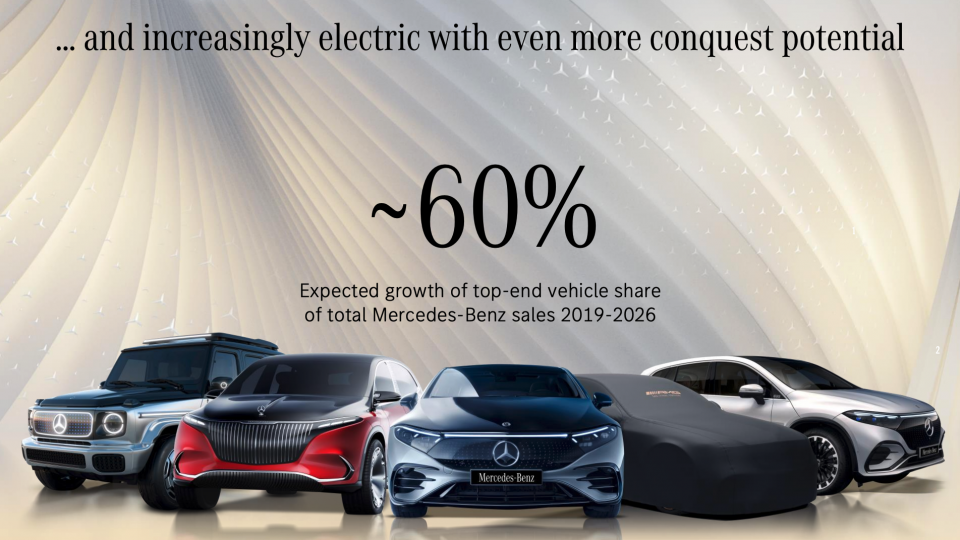
Rather, it’ll debut a new compact MMA platform in 2024 which will debut the new Mercedes-Benz Operating System (MB.OS).
The company says these changes will “reposition Mercedes-Benz in the segment, honing in more precisely on the wishes of discerning customers”.
Mercedes-Benz currently sells the A-Class hatch and sedan, CLA coupe and Shooting Brake, B-Class MPV, and GLA and GLB crossovers.
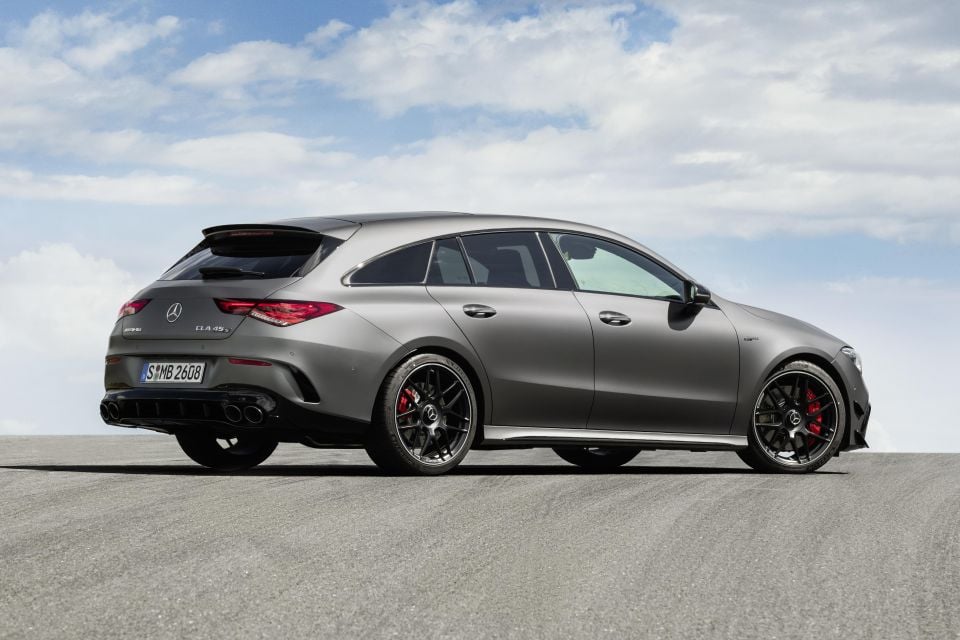

It’s possible Mercedes-Benz will merge the A-Class sedan and CLA into one product given the former’s disappointing sales in the US market.
Other models possibly on the chopping block are the B-Class and CLA Shooting Brake.
In between Top-End and Entry Luxury is what Mercedes-Benz calls its Core Luxury offerings.
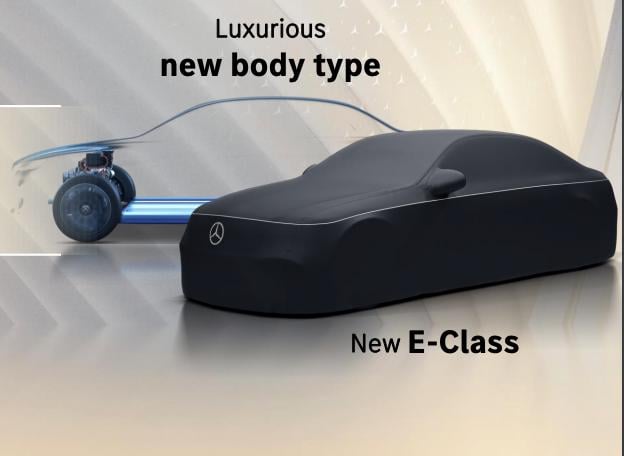
These represent the heart of the brand, and include the Mercedes-Benz C-Class and E-Class, the electric EQE and EQE SUV, and upcoming models on the new MB.EA architecture.
Mercedes has teased the next-generation E-Class ahead of its launch next year.
The company will also introduce another vehicle on the EQE’s EVA2 platform designed specifically for the Chinese market.
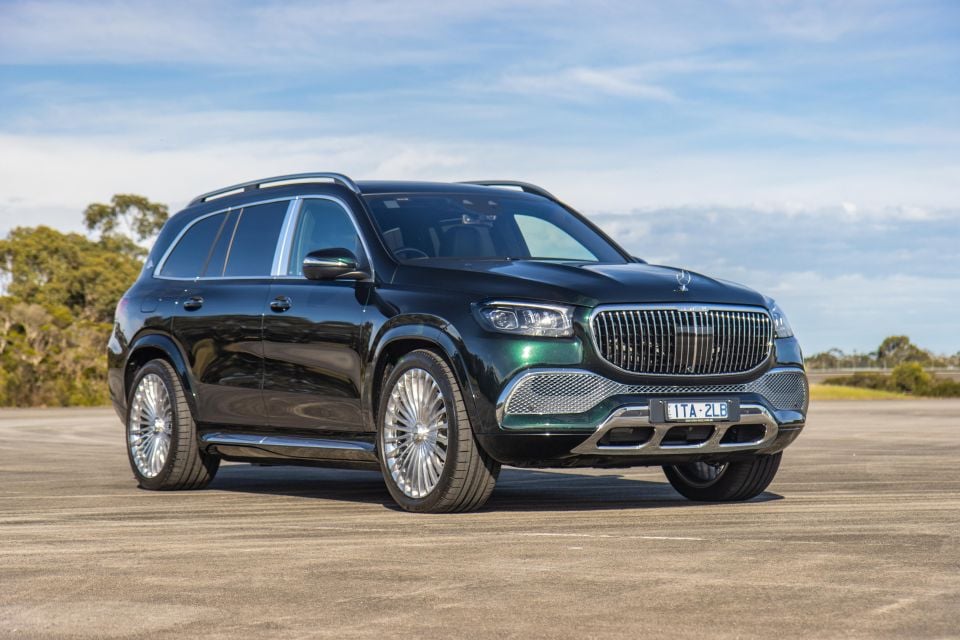
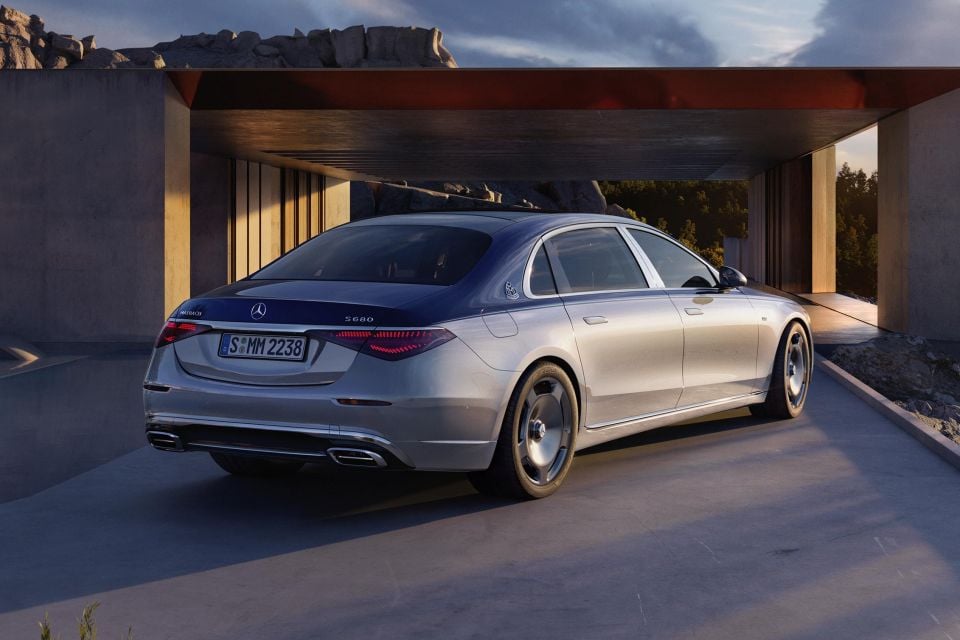
The company’s realigned product strategy will see it allocate more than 75 per cent of its investments to develop products for the most profitable market segments.
Its goal is to increase the sales share of its Top-End vehicles by 2026 by around 60 per cent compared to 2019, with the aim of reaching an operating margin target of around 14 per cent by the middle of the decade in favourable market conditions.
At the least, it expects an eight per cent margin in “very unfavourable” conditions.
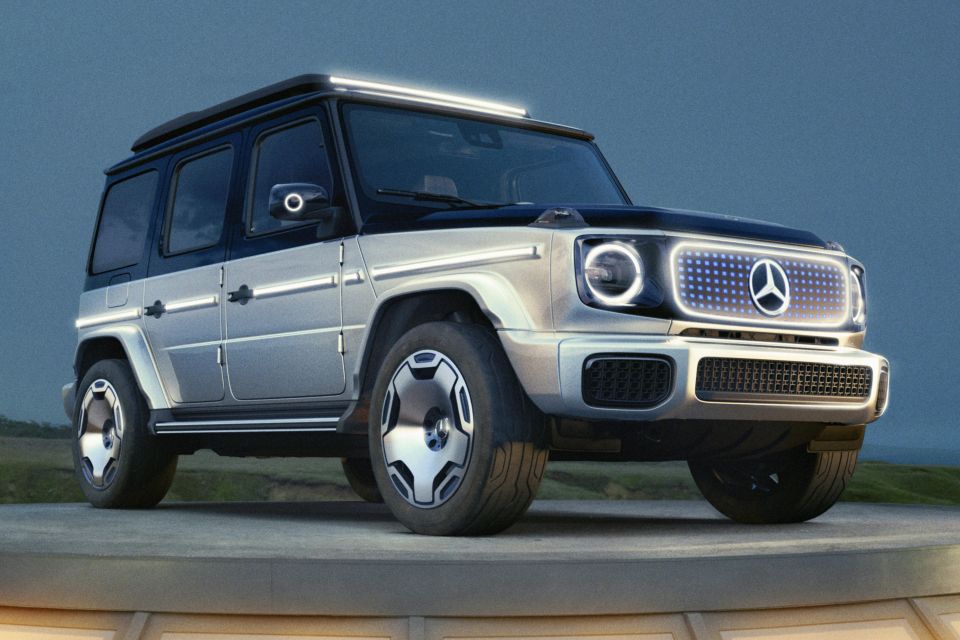
The targets are part of a strategic course set in 2020, with a focus on reducing fixed costs and increasing profitability.
It’s planning to bundle equipment packages to simplify configurations, and says customers in the future will be able to choose form a number of different packages “based on preference and regional demands”.
It still plans to go EV-only by 2030, albeit with the “wherever market conditions allow” disclaimer, and aims to be CO2-neutral by 2039.
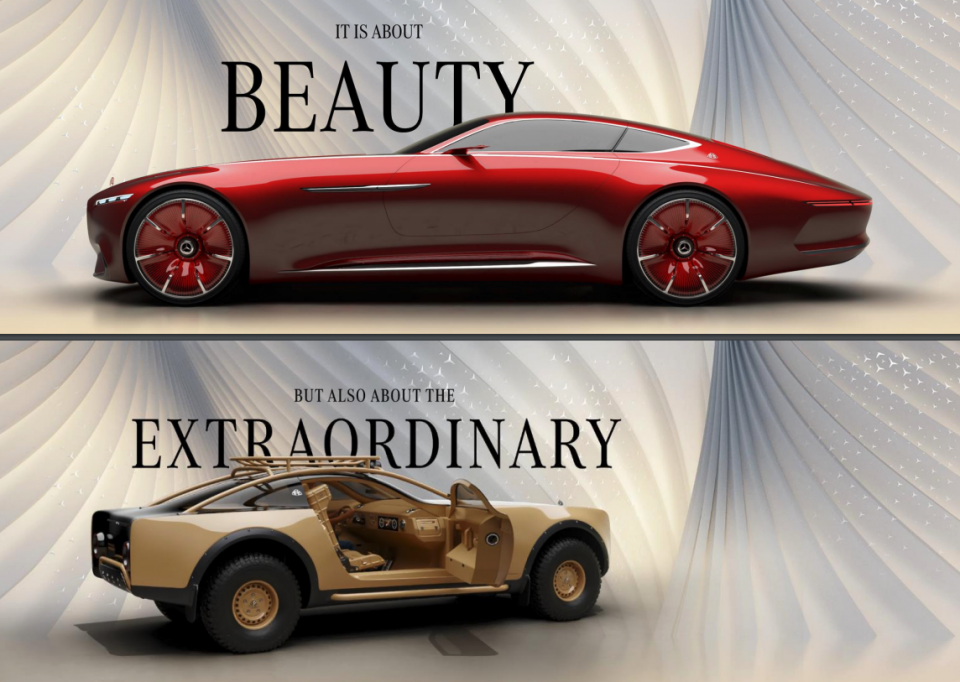
Last year it announced three dedicated EV architectures: MB.EA for medium to large vehicles; AMG.EA for performance cars; and VAN.EA for, naturally, vans.
All platforms introduced after 2025 will be EV-only.
William Stopford is an automotive journalist with a passion for mainstream cars, automotive history and overseas auto markets.


William Stopford
8 Hours Ago


Ben Zachariah
9 Hours Ago


Derek Fung
9 Hours Ago


Matt Campbell
16 Hours Ago


William Stopford
1 Day Ago


Josh Nevett
1 Day Ago